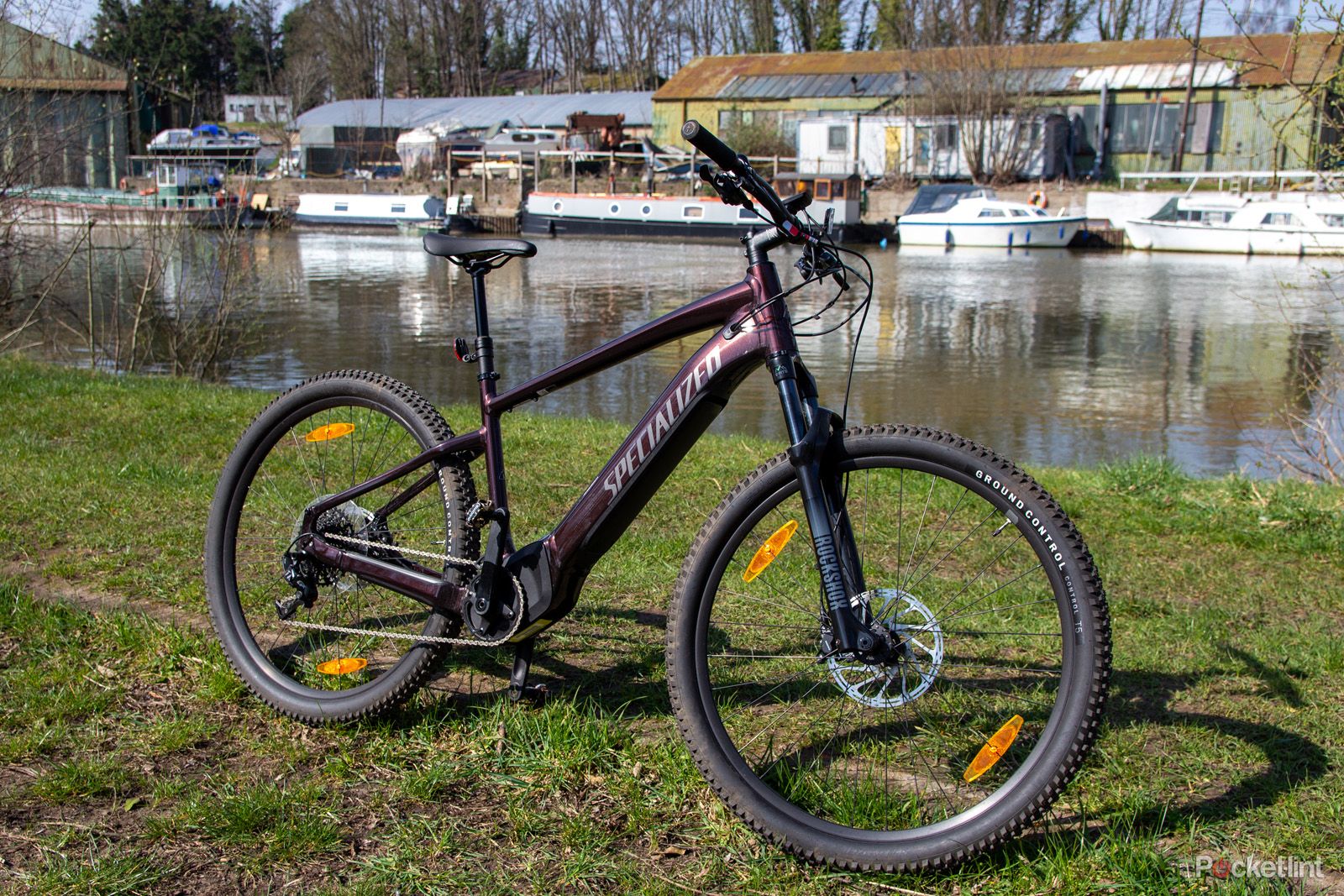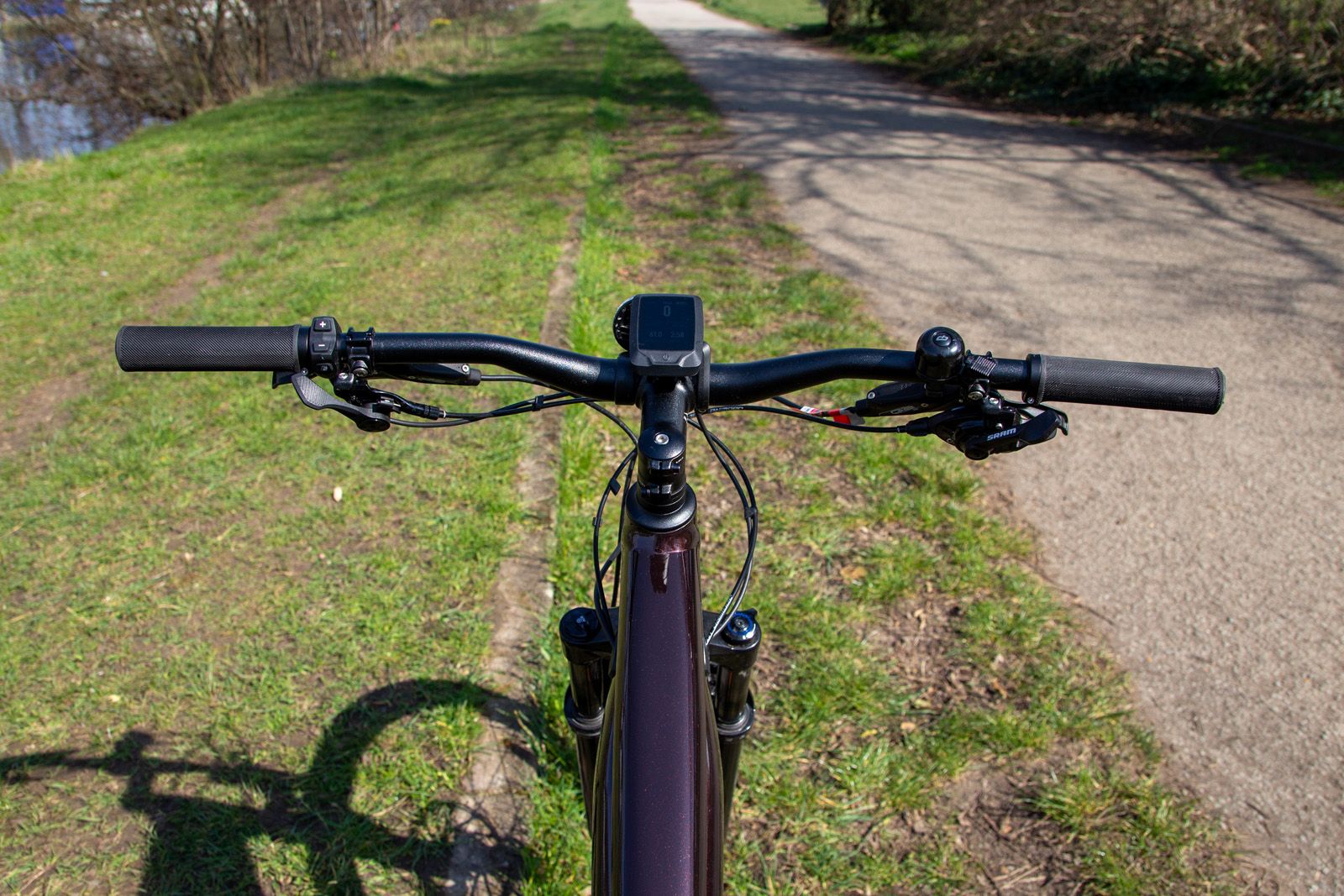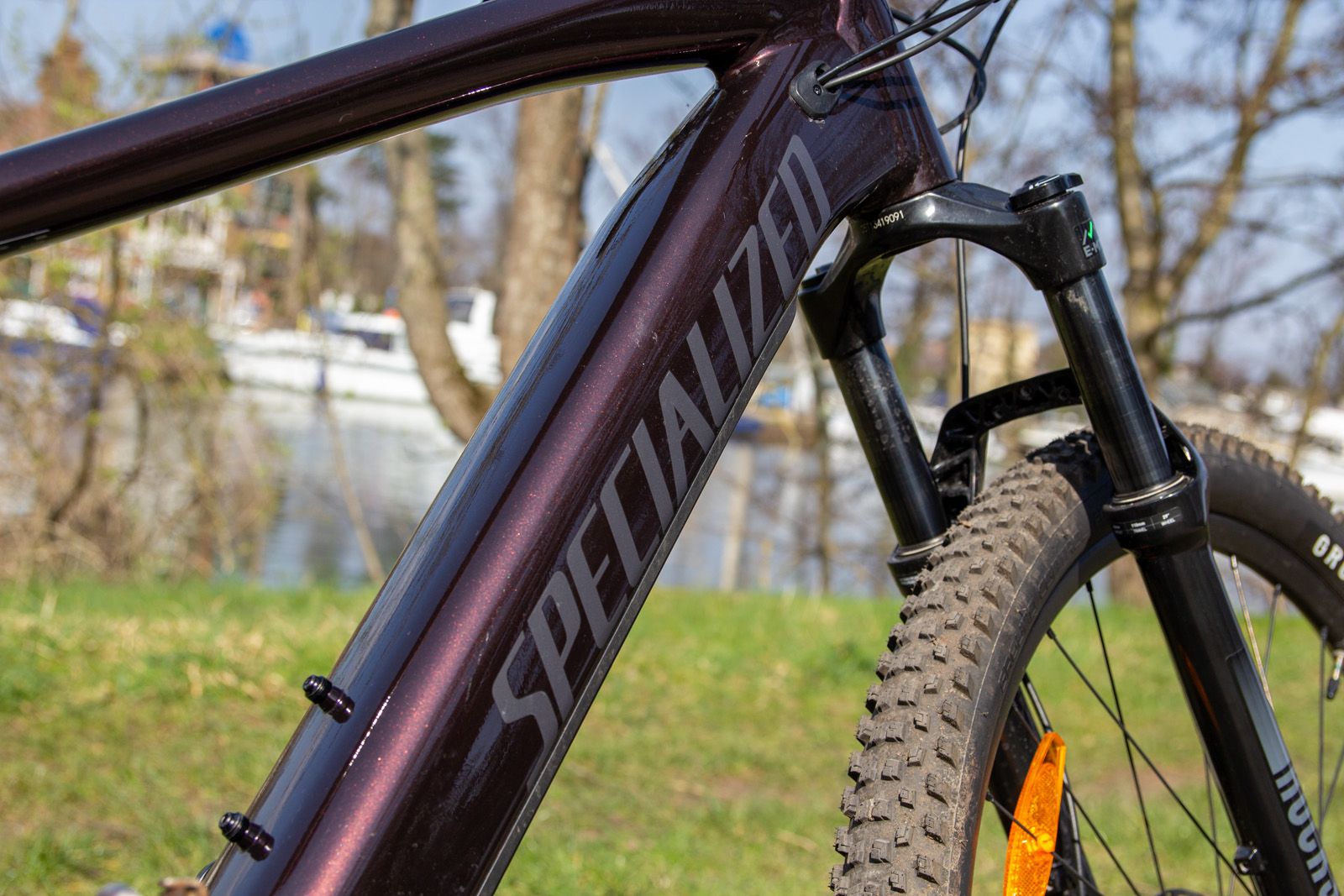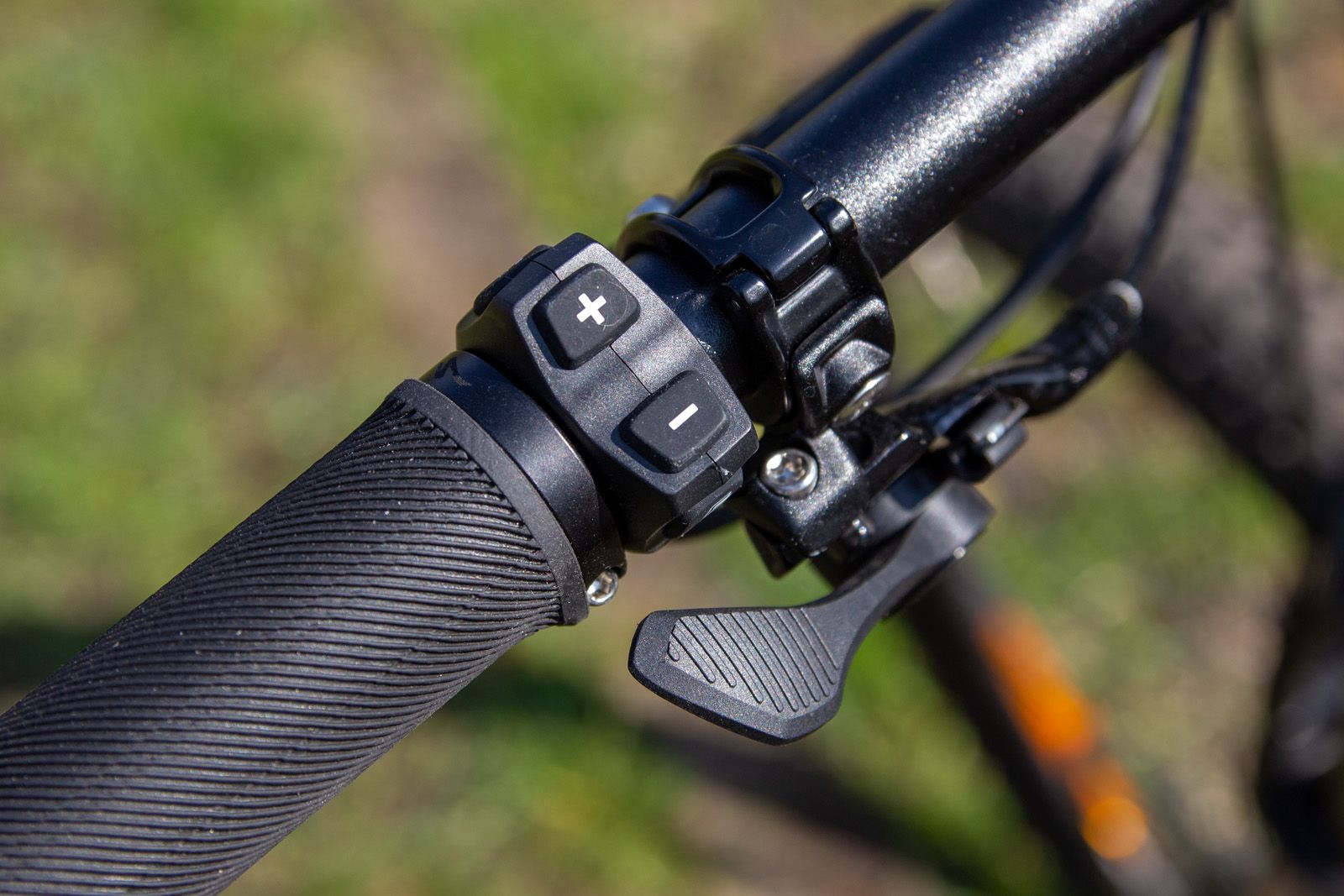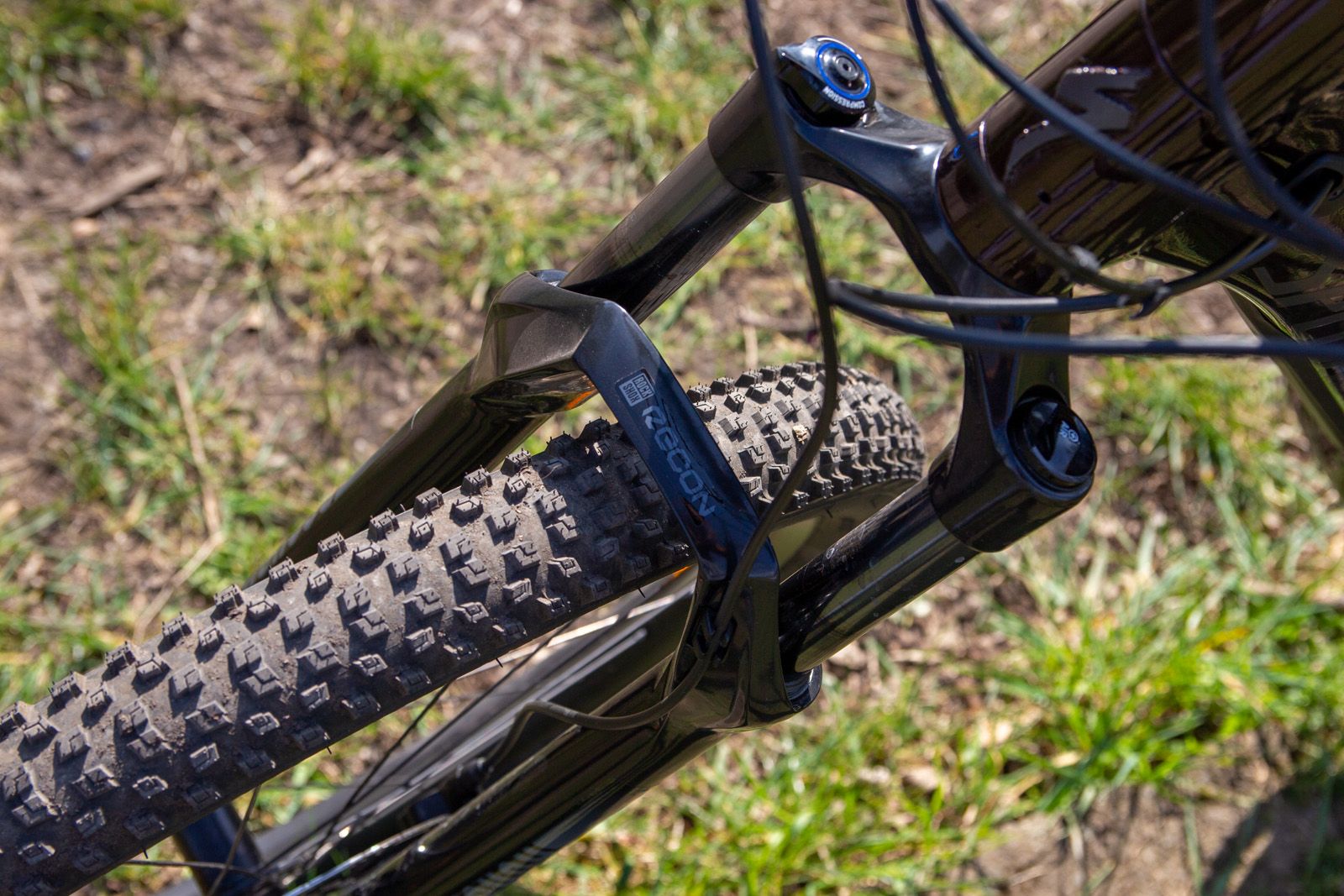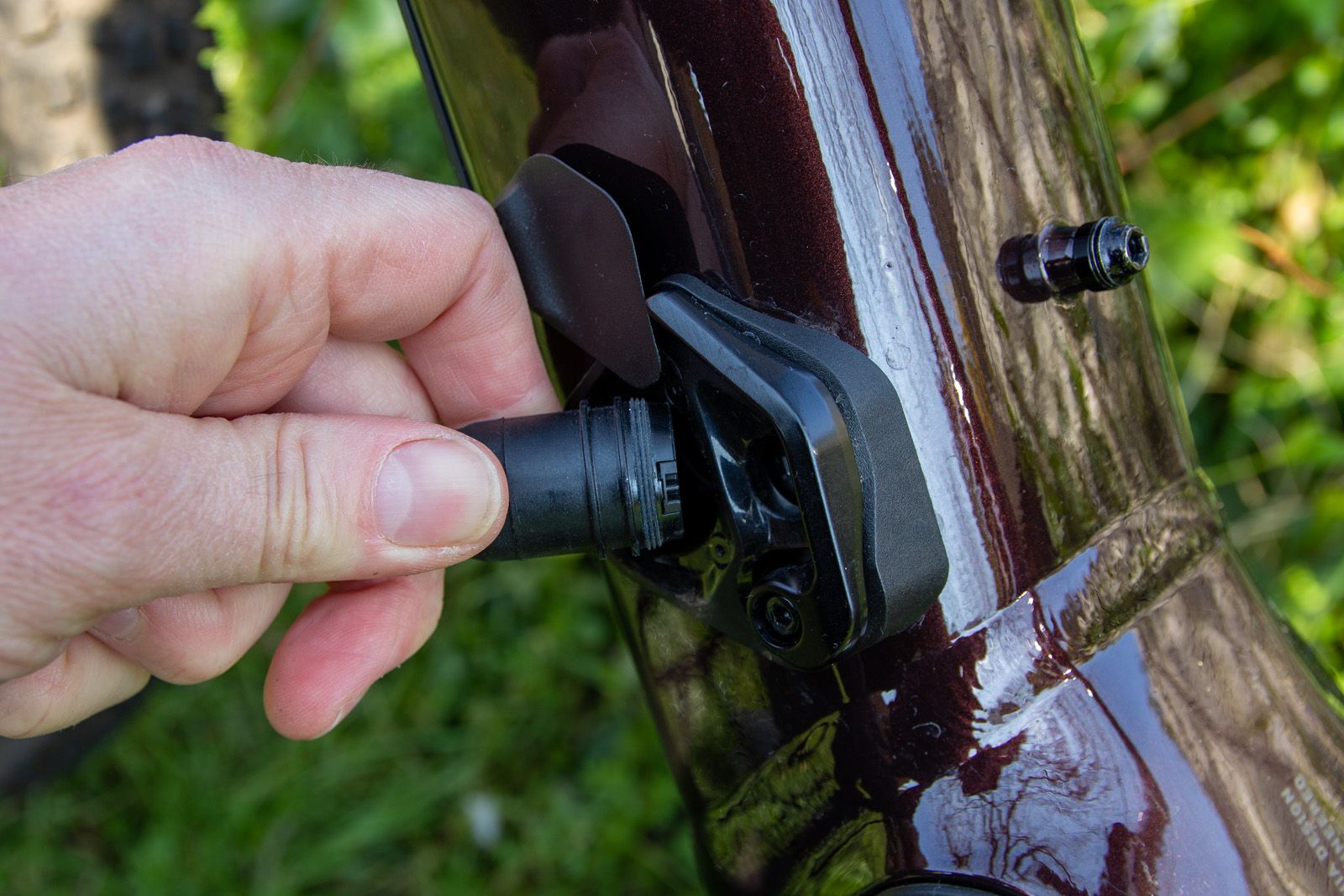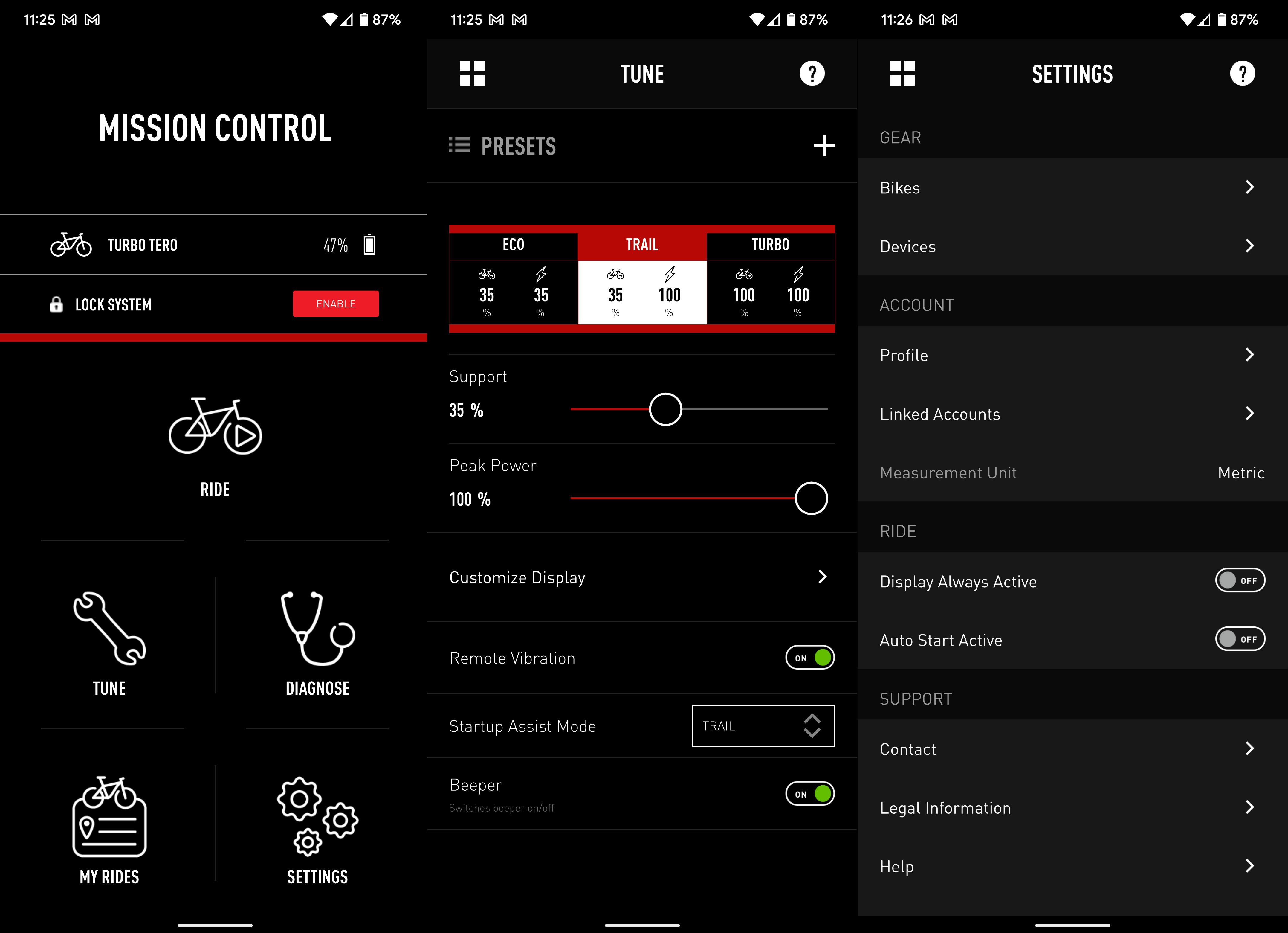Specialized has expanded its Turbo family, with the Turbo Tero designed as an electric bike that will suit those who want something for all conditions - be that a ride to work during the week, or heading offroad at the weekend.
As such, the range is now aimed at those who want a bike that's a little more active than the Turbo Vado, but not as extreme as the Turbo Kenevo or Turbo Levo, which both offer full suspension.
There are three versions of the Turbo Tero - 3.0, 4.0 and 5.0 - with the top-end 5.0 on review here. This naturally brings three pricing points with slightly different component specs across the models.
So, is the model you should be opting for, or should you look elsewhere in the electric bike market? Let's find out.
Our quick take
The Specialized Turbo Tero is a superb and fun bike to ride - especially for those who want something that will handle just about all situations.
The hardtail means you can carry loads, a child seat or tow a thru-axle trailer, while this is also a bike that can handle offroad situations, allowing you to ride a few trails.
Hills melt into insignificance, broken terrain is less intimidating; everything is easier to ride. While it's heavier and less nimble than a standard hardtail, the power opens up your options for longer and harder rides than you might otherwise consider.
The price of the Turbo Tero steps up pretty aggressively from the Tero 3.0, though.
So, while the Tero 5.0 gives you more power and range, the Tero 3.0 is a lot more competitively priced and might fit your needs just as well.

Specialized Turbo Tero - 4.5 / 5
| FOR | AGAINST |
|---|---|
|
|
Design
- Weight: 22.7kg
- Frame: E5 aluminium
- Fork: RockShox Recon Silver RL
The Turbo Tero is a hardtail design, so there's no suspension at the rear of this aluminium frame. It's chunky, thanks to the battery incorporated into the downtube, and the motor in the hub, but that placement means you don't have excessive weight over the back wheel where some commuter bikes choose to place the battery.
Sitting on 29-inch wheels, this is a big bike, with 750mm handlebars and a pretty long wheelbase, too. Sitting at the entry-point to Specialized's Turbo mountain bikes, it's a step away from the company's "active" models, which are more practically geared towards commuters.
So, those looking at the Turbo Tero are likely to be those who want an all-rounder - something that will handle some offroad adventure without going into the extremes - or the higher prices - of the Turbo Kenevo models that are a step up.
There's a TranzX dropper seatpost on this model alongside mounting points for a rear mudguard, raising the question of whether you're likely to be using both of those features. Specialized seems to be covering all bases here. Indeed, there's a step-through version, too, including the option for a rear rack, so this really is a bike that can do everything.
There's also a weight of 22.7kg, which is heavy for a bike, but actually a little lighter than the Turbo Kenevo, the next level up. But this isn't road biking, and concerns about hauling that weight uphill are abated by the fact that the excess weight brings additional power.
It rolls on 29-inch Stout XC29 wheels, with a 200mm disc rotor on the front and 180mm on the rear. Both are part of the SRAM G2 system, and this is one area where opting for the Tero 3.0 or 4.0 makes a difference, as they get a Shimano Alivio or SRAM NX drivetrains, respectively.
However, at the top level, you have an 11-speed SRAM GX groupset, with 11-42 cassette and a single 36T chainring at the front, as seen here.
Ride and range
- Specialized 2.2 motor, 90Nm torque
- 710Wh battery (Tero 5.0)
- Handlebar display
Specialized is keen to talk about the fact that the power system here is its own work, rather than this being one brought in from elsewhere. Although, at its core, it functions just like other e-bikes, giving you a power assist when pedalling.
This is also another area where the models of Tero differ, as you get progressively more power and increased battery capacity as you step up the scale. That means that the Tero 5.0 is able to offer greater assistance.
Everything is controlled through the handlebar-mounted display, with some controls located on the left-hand grip. This lets you change what's shown on the display (range, power, distance travelled and so on), while also allowing you to shift up and down through the power modes.
There are four modes: Off, Eco, Trail, and Turbo. Off, of course, provides no assistance, so it's just you and the pedals. Thankfully there's a full range of gears, so you'll still be able to ride the Turbo Tero with no power and cope with most situations without too much of a problem.
Eco provides a small boost, which is ideal for those wanting to ease the effort on road. You can feel the bike accelerate a little faster and keep momentum over hills. The Trail setting ups the ante a little more, so, if you're riding up a larger hill, or over broken ground, this mode takes the effort out of things.
Turbo gives you 100 per cent assistance, which makes things easier still, but will also drain the battery the fastest.
Some might say that it's cheating, but, once you've ridden with power, the appeal is immediate: instead of doing that hill once, you might repeat it. Instead of calling it a day after an hour, you might extend your riding time by another hour because of the assistance you're getting.
Of course, for commuters, it means you can make good progress without it being a full workout and without getting sweaty. It means you can ditch public transport or the car, get some fresh air, but arrive in a fit state to work.
Because the bike takes some of the strain, it means you can cruise at higher speeds, or ride up hills, without your body having to work so hard. Your heart rate remains lower, your legs don't work so hard, but you still get all the fun of riding. If it allows more people to ride longer, and if it allows riders who are less strong in the saddle to get more out of cycling, then that's surely a good thing.
Even for those riding for exercise, e-bikes can lower the intensity, so you're still getting a workout - it's just not quite so hard.
It's also great fun. Hitting offroad trails, the Turbo Tero isn't as dynamic as a full-suspension bike, but power does still add to the experience. You can stay in the saddle on loose hills, keeping the weight over the back wheel, while turning up the power to keep you moving; you can boost the power when you drop into mud or sand to keep yourself cruising through - it's a system that can compliment your riding.
The range you'll get will depend on a lot of factors - how you use Eco or Trail and where you ride, for example - but Specialized say you'll get about 90 miles of assistance. That's slightly different to the overall range, of course, because you still have to do the riding!
Charging takes a couple of hours, meanwhile, and the battery can be removed from the bike for easy charging indoors. It's secured with a key.
There's also a smartphone app
In addition to the onboard computer - which is essential for daily riding, and also provides the main power button for the bike - there's a smartphone app, Mission Control.
As with all modern connected devices, the app gives you a way to update firmware - so, if there's an update for your bike, this is how it's applied.
You can basically control everything on the bike and run diagnostics, as well as customise the display screen via your phone.
The Mission Control app can also gather data so you use it to track rides. You're also able to link up to other sensors, like a heart rate monitor, to feed in more data about your ride.
There's also a security system, so you can have a motion sensor lock the motor out to stop someone from running off with your bike while you're in a coffee shop - another little benefit from having a bike that's a little more connected.
To recap
The Specialized Turbo Tero offers assurance offroad while not being out of place on the road. As such, it's a great allrounder, which is as suited to a fast commute as it is a weekend on the trails. It's big, it's heavy, but there's the smooth delivery of power that makes this bike a lot of fun to ride.

